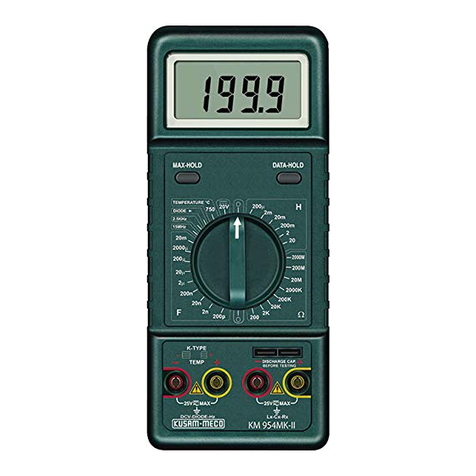Kusam-meco KM 2784-T User manual
Other Kusam-meco Measuring Instrument manuals

Kusam-meco
Kusam-meco KM 503 User manual
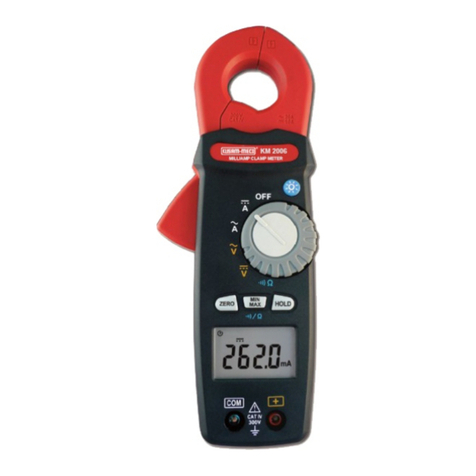
Kusam-meco
Kusam-meco KM-2006 User manual

Kusam-meco
Kusam-meco CA-1000 User manual

Kusam-meco
Kusam-meco KM 2234BL User manual
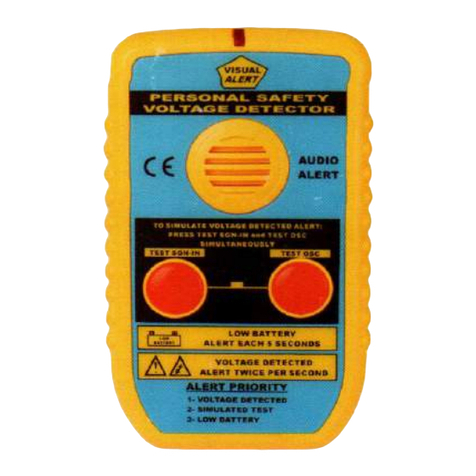
Kusam-meco
Kusam-meco 288SVD User manual

Kusam-meco
Kusam-meco KM 3060 User manual

Kusam-meco
Kusam-meco KM-CAL-804 User manual

Kusam-meco
Kusam-meco KM 907 User manual

Kusam-meco
Kusam-meco KM 2008A User manual
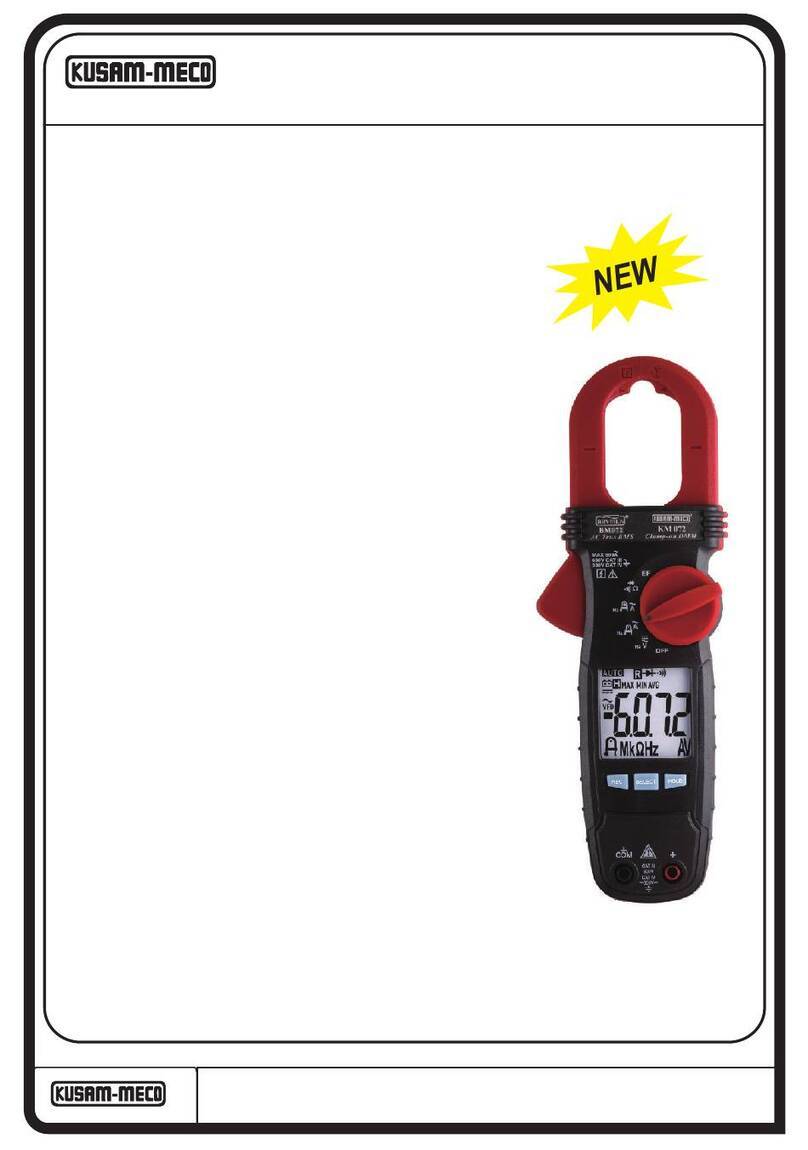
Kusam-meco
Kusam-meco KM 072 User manual

Kusam-meco
Kusam-meco KM 981 MK-1 User manual
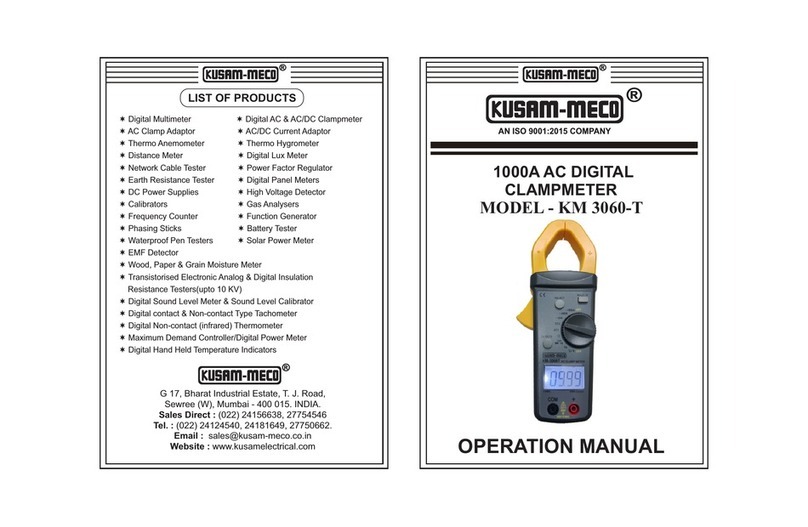
Kusam-meco
Kusam-meco KM 3060-T User manual

Kusam-meco
Kusam-meco KM 039F User manual

Kusam-meco
Kusam-meco KM 071 User manual

Kusam-meco
Kusam-meco KM 2009 User manual
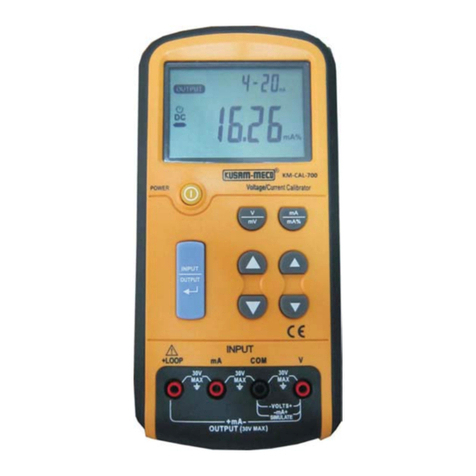
Kusam-meco
Kusam-meco KM-CAL-700 User manual

Kusam-meco
Kusam-meco KM 8041 User manual

Kusam-meco
Kusam-meco KM 1620 User manual

Kusam-meco
Kusam-meco KM 175D User manual

Kusam-meco
Kusam-meco KM 3961 User manual
Popular Measuring Instrument manuals by other brands

Powerfix Profi
Powerfix Profi 278296 Operation and safety notes

Test Equipment Depot
Test Equipment Depot GVT-427B user manual

Fieldpiece
Fieldpiece ACH Operator's manual

FLYSURFER
FLYSURFER VIRON3 user manual

GMW
GMW TG uni 1 operating manual

Downeaster
Downeaster Wind & Weather Medallion Series instruction manual

Hanna Instruments
Hanna Instruments HI96725C instruction manual

Nokeval
Nokeval KMR260 quick guide

HOKUYO AUTOMATIC
HOKUYO AUTOMATIC UBG-05LN instruction manual

Fluke
Fluke 96000 Series Operator's manual

Test Products International
Test Products International SP565 user manual

General Sleep
General Sleep Zmachine Insight+ DT-200 Service manual
